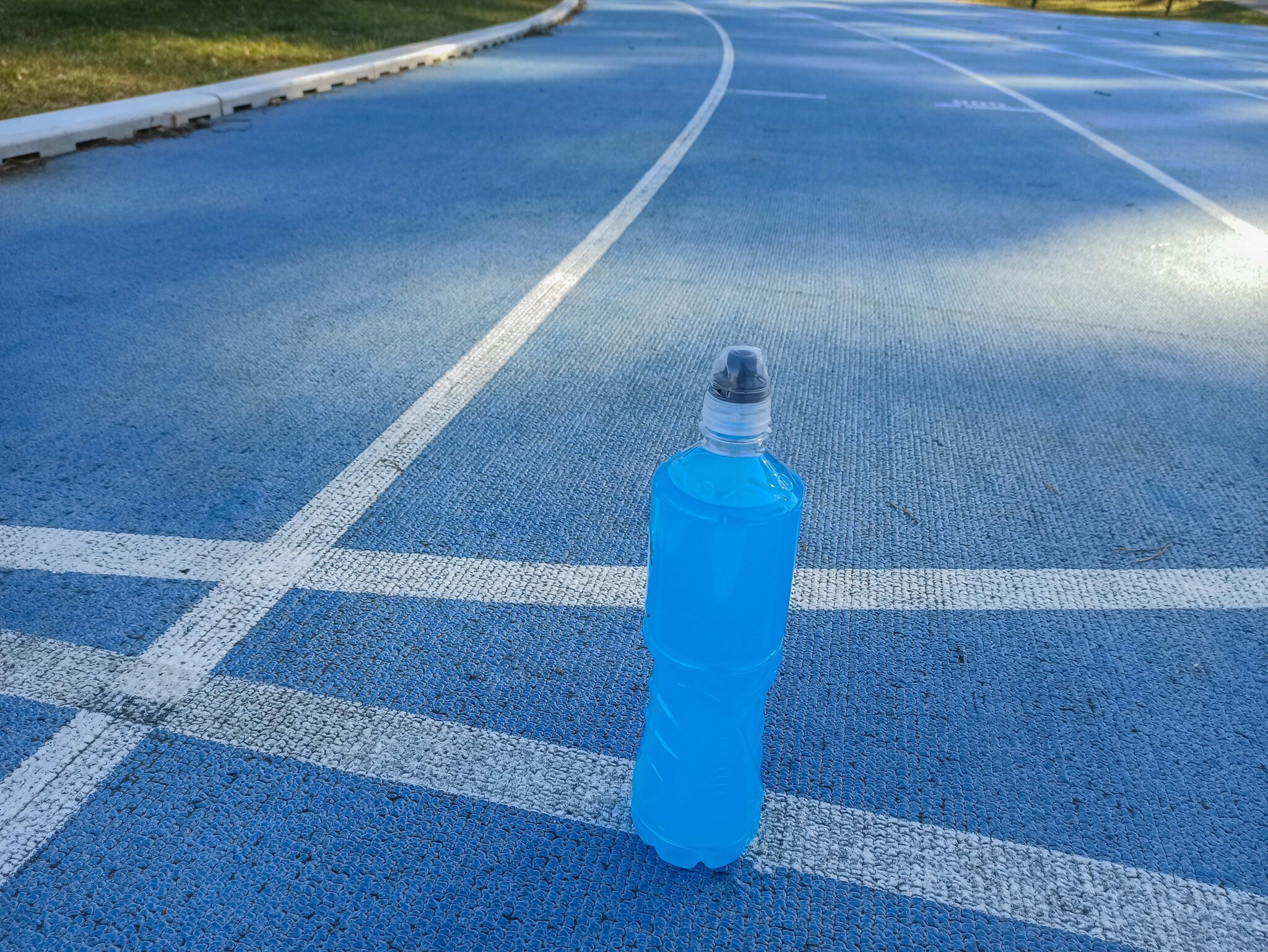
Zoom on carbohydrates (CHO): different types and effects
There is consensus among sports nutritionists about the benefits of carbohydrates (CHO) in sport. But types of CHO and the associated terminology are complex and often confusing. Let’s take a closer look at some terms related to CHO, glycaemic index, fast and slow carbs – or should we say simple and complex?
Let’s start with the terminology:
- Simple CHO:
They consist of one (monosaccharide, e.g.: glucose, fructose, galactose) or two (disaccharide, e.g.: lactose, maltose, sucrose [saccharose; household sugar]) and have a sweet taste. - Complex CHO:
They consist of 12-16 molecules (oligosaccharide, e.g.: maltodextrin) or even longer chains (polysaccharide, e.g.: different types of starch) and have no sweet taste. So complex CHOs are larger molecules that are made of several simple or short CHOs/sugars. During digestion, complex CHO are broken down into small pieces of sugar, which are then absorbed as simple molecules.
Well, are complex CHO absorbed slowly and simple CHO absorbed faster?
NO, the speed of absorption and digestion is not always related to the length of the molecule, even though this is a common misconception. Fructose and galactose, for example, are simple and small (1 molecule) CHOs and are absorbed slowly when ingested in isolation. Glucose however, although also a monosaccharide, is digested and absorbed very quickly. In contrast, digestion and absorption of maltodextrin (complex CHO) is a very rapid process – as is the case with glucose, lactose, maltose and sucrose – even though maltodextrin has a longer chain than these sugars.
In summary: speed of absorption when ingested isolated
- Fast: glucose, sucrose, maltose, lactose, maltodextrin, amylopectin (starch)
- Slow: fructose, galactose, amylose (starch)
It is true, however, that CHO are usually ingested together with other nutrients. These will influence the speed of absorption. This brings us to another term: the glycaemic index (GI). The GI ranks CHO-containing foods according to how they affect blood glucose levels. Foods with a low GI are digested slowly, absorbed with less need for insulin, whereas foods with a high GI have a greater and faster impact on blood glucose levels and more insulin will be released.
This index can be a valuable tool for education but is less useful in practice. Because CHO are often ingested as a product or meal mixed with other foods, the GI is also affected by fibre, protein or fat, making it difficult to predict.
CHO in sports
In practice, you should adapt the type, timing and amount of CHO intake to your training goals and competitions. Periodised CHO intake is recommended to optimise performance and training adaptation and to help manage body composition. Generally, the closer you get to a competition, the simpler CHO you should aim for: fruit, bars, cakes, drinks. If the competition is more than 3 hours away, you should use complex CHO: pasta, rice, couscous, potatoes, oats, bread.
For activities where you want to use CHO to optimise performance, choose rapidly absorbed CHO. If you get tired of the sweet taste of some isotonic drinks, gels or bars, you can use maltodextrin and add a flavour of your choice or leave it natural and unflavoured.
If you are aiming for a slow CHO release during prolonged activities, a mixture of fast and slow CHO sources, for example an oat bar and an isotonic drink, can be discussed. However, it is useful to take a drink with a fast CHO (sports drink) and administer it slowly and regularly to allow your stomach to do the work of slow release. This method can help prevent gastrointestinal distress such as reduced gastric emptying or fullness. Slow CHO sources (whole grain bread, potatoes, …) may remain too long in the stomach or intestines “waiting” for digestion and absorption, causing gastrointestinal issues.
For long but low intensity activities, for which rapid CHO deliveries are not needed, slow CHO in the form of more palatable food can be helpful and give the stomach the feeling of being filled. This can be, if tolerated, a cheese sandwich, a pancake, banana-muffins…
Don’t forget CHO mouth rinsing if you don’t tolerate large volumes of CHO drinks, more information can be found here: https://www.facebook.com/lihpslux/posts/2597441976962714.
CHO are a big topic in sports and every athlete should get their own personalised CHO approach by testing different strategies and products in training to find out what fits best, as there is no one and only solution.
For further reading
Burke, L. M., Hawley, J. A., Wong, S. H. S., & Jeukendrup, A. E. (2011). Carbohydrates for training and competition. Journal of Sports Sciences, 29 (SUPPL. 1). https://doi.org/10.1080/02640414.2011.585473
Carbohydrates for Ultra Athletes with Dr. Jeukendrup — SCIENCE OF ULTRA. (n.d.). Retrieved June 30, 2020, from https://www.scienceofultra.com/podcasts/13
Currell, K., & Jeukendrup, A. E. (2008). Superior endurance performance with ingestion of multiple transportable carbohydrates. Medicine and Science in Sports and Exercise, 40(2), 275–281. https://doi.org/10.1249/mss.0b013e31815adf19
Jeukendrup, A. (2014). A step towards personalized sports nutrition: Carbohydrate intake during exercise. Sports Medicine, 44(SUPPL.1). https://doi.org/10.1007/s40279-014-0148-z


